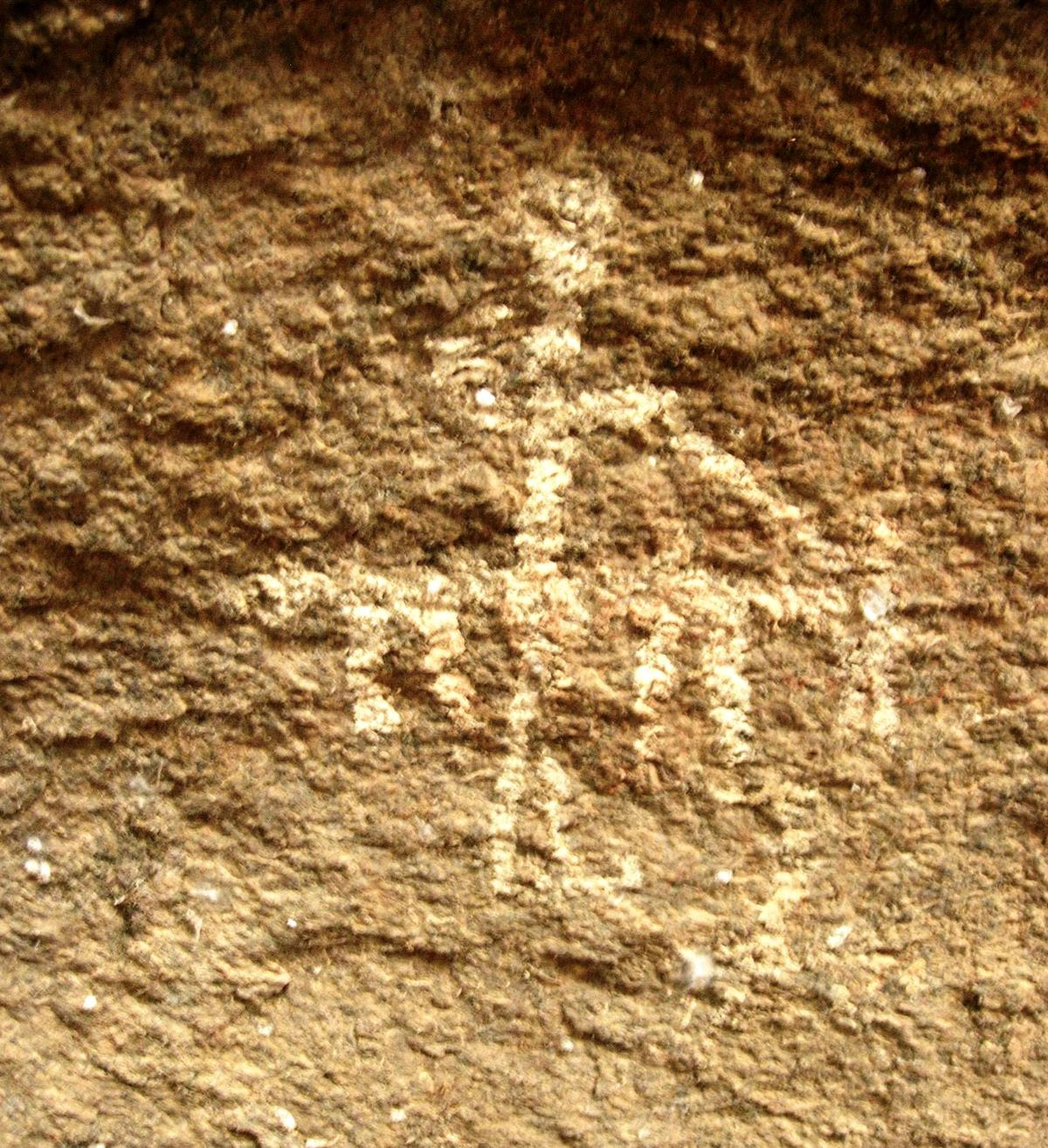Mesolithic Rock Paintings Unearthed in Andhra Pradesh | 22 Jun 2023
Why in News?
Recently, a former archaeologist of Archaeological Survey of India (ASI) has discovered a Mesolithic period rock painting depicting a person tilling a piece of land in Guntur district, Andhra Pradesh.
- It was found while surveying the lower River Krishna Valley to ascertain the architectural features of shrines.
- Earlier, in 2018, archaeologists had uncovered prehistoric rock art estimated to be from the Neolothic era, circa 1500-2000 BC, on natural limestone formations near Dachepalli in Guntur district.
What are the Key Findings?
- Natural Rock Shelters:
- The rock paintings were found on the walls and ceilings of naturally formed caves on a hillock in Orvakallu.
- These caves served as shelters for the prehistoric humans who inhabited the area during that time.
- Mesolithic Rock Paintings:
- Among the five caves explored, two stood out with distinguished depictions of rock paintings.
- Executed by people of the Mesolithic Age, these paintings offer a glimpse into the artistic abilities and practices of that era.
- Artistic Materials:
- The rock paintings were created using natural white kaolin and red ochre pigments.
- Ochre is a pigment composed of clay, sand, and ferric oxide.
- Kaolinite is a soft, earthy, and usually white mineral produced by the chemical weathering of aluminium silicate minerals like feldspar.
- Over time, exposure to air and wind has resulted in significant damage to the paintings. However, some sketches and outlines remain intact.
- The rock paintings were created using natural white kaolin and red ochre pigments.
- Depicted Scenes:
- The rock paintings depict various scenes from the daily life of the prehistoric communities.
- One painting portrays a man skillfully catching a wild goat with his left hand while using a hook-like implement to control it.
- Another painting captures two couples with raised hands, while a child stands behind them, possibly indicating communal activities or rituals.
- Agricultural Practices:
- A significant painting showcases a man holding a plough and appearing to till the land. This depiction suggests a semi-settled life pattern where community members engaged in domesticating animals and cultivating crops, reflecting early agricultural practices.
Stone Ages
- Palaeolithic (Old Stone) Age:
- Basically, a hunting and food gathering culture.
- Palaeolithic tools include sharpened stone, chopper, hand axe, scraper, spear, bow and arrow, etc. and were generally made up of hard rock quartzite.
- Rock paintings and carvings found at Bhimbetka, Madhya Pradesh reflect upon hunting as the main subsistence activity.
- Palaeolithic age in India is divided into three phases:
- Early or Lower Palaeolithic (500,000 – 100,000 BC)
- Middle Palaeolithic (100,000 – 40,000 BC)
- Upper Palaeolithic (40,000 – 10,000 BC).
- Mesolithic (Middle Stone) Age (10,000 BCE - 8000 BCE):
- The age is marked by transition from Pleistocene period to Holocene period and favorable changes in the climate.
- The early period of Mesolithic age marks the hunting, fishing and food gathering.
- Domestication of the animals began in this age.
- The tools called Microliths were smaller and had improved geometry than the Palaeolithic age.
- Neolithic (New Stone) Age (8000 BCE - 1000 BCE):
- Referred to as the concluding phase of the Stone Age, the age heralded the beginning of food production.
- Sedentism (living in one place for a long time), use of pottery, and invention of crafts are characteristic features of the neolithic age.
- The neolithic tools were composed of heavy ground tools like pestles, grinders, pounders and also axes and sickles.
- Megalithic Culture:
- Megaliths refer to large stone structures that were constructed either as burial sites or as commemorative sites.
- In India, archaeologists trace the majority of the megaliths to the Iron Age (1500 BC to 500 BC), though some sites precede the Iron Age, extending up to 2000 BC.
- Megaliths are spread across the Indian subcontinent. Majority of them are found in peninsular India, concentrated in the states of Maharashtra (mainly in Vidarbha), Karnataka, Tamil Nadu, Kerala, Andhra Pradesh and Telangana.

